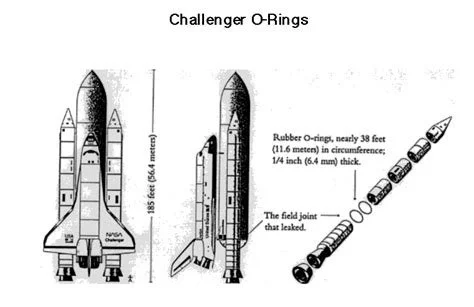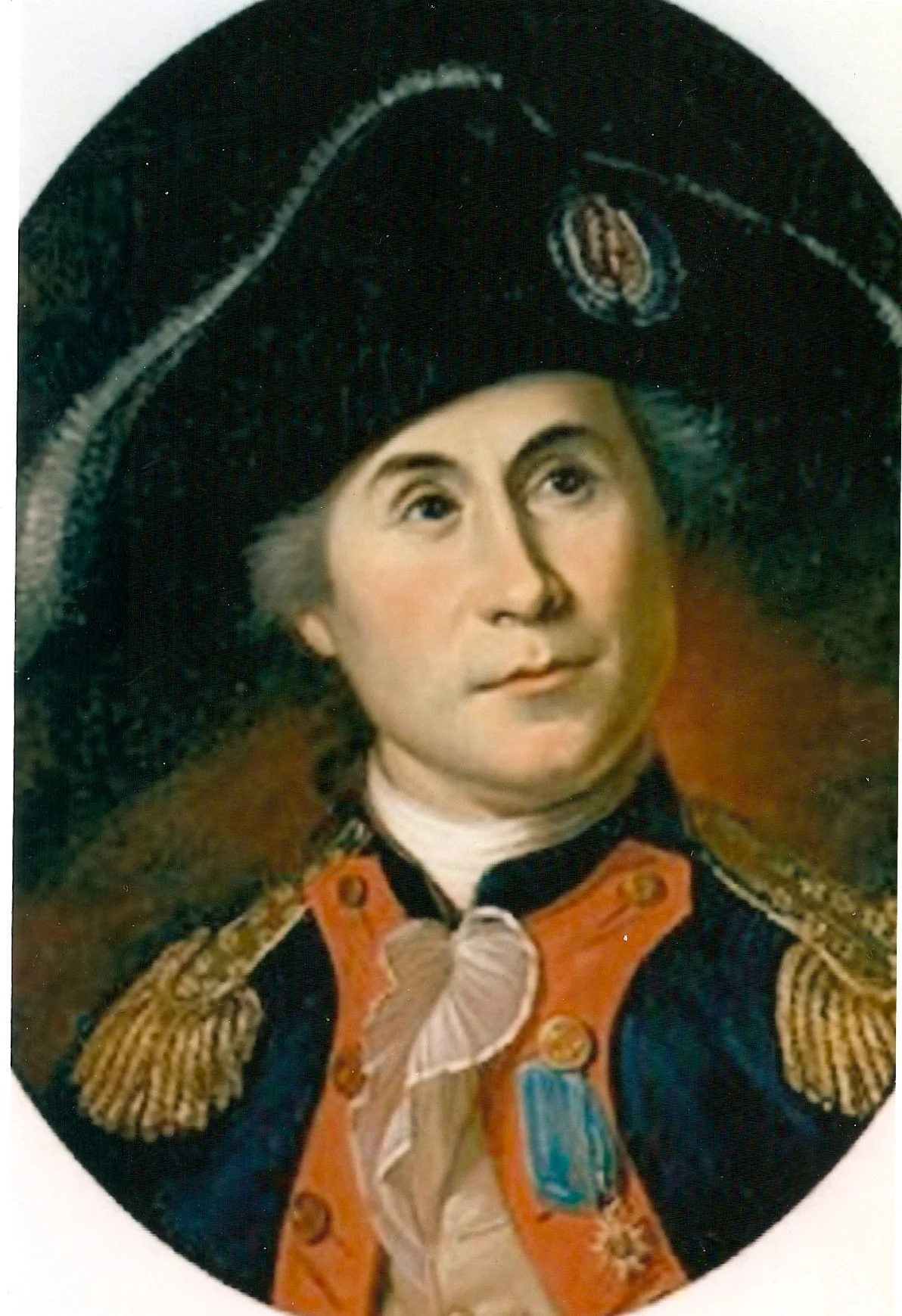Ship overhaul is hard. It’s even harder when you fall into the trap of fighting against its realities. This is an introduction to my new series on ship overhaul.
Hi.
Welcome to my website. This is where I write about what interests me. Enjoy your visit!



















